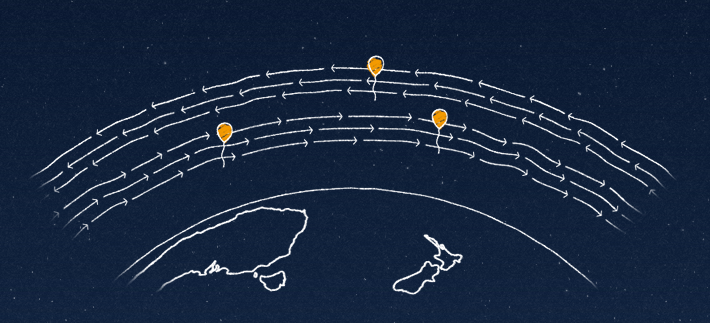What do you think about today’s world?
Can you live without internet for a day or two?
There are people who can live without food, but contrast to them, there are people who cannot live without internet, and they want to be connected always.
Many of us think of the Internet as a global community. But two-thirds of the world’s population does not yet have Internet access. Project Loon is a network of balloons traveling on the edge of space, designed to connect people in rural and remote areas, help fill coverage gaps, and bring people back online after disasters.
Google is coming up with BALLOON-POWERED INTERNET FOR EVERYONE.
 |
| Project LOON |
Project Loon began with a pilot test in June 2013, when thirty balloons were launched from New Zealand’s South Island and beamed Internet to a small group of pilot testers. The pilot test has since expanded to include a greater number of people over a wider area. Looking ahead, Project Loon will continue to expand the pilot through 2014, with the goal of establishing a ring of uninterrupted connectivity around the 40th southern parallel, so that pilot testers at this latitude can receive continuous service via balloon-powered Internet.
Project Loon balloons travel approximately 20 km above the Earth’s surface in the stratosphere. Winds in the stratosphere are stratified, and each layer of wind varies in speed and direction. Project Loon uses software algorithms to determine where its balloons need to go, then moves each one into a layer of wind blowing in the right direction. By moving with the wind, the balloons can be arranged to form one large communications network.
 |
| Stratosphere |
Situated on the edge of space, between 10 km and 60 km in altitude, the stratosphere presents unique engineering challenges: air pressure is 1% that at sea level, and this thin atmosphere offers less protection from UV radiation and dramatic temperature swings, which can reach as low as -80°C. By carefully designing the balloon envelope to withstand these conditions, Project Loon is able to take advantage of the stratosphere’s steady winds and remain well above weather events, wildlife and airplanes.
 |
| Navigate with the wind |
Each balloon can provide connectivity to a ground area about 40 km in diameter at speeds comparable to 3G. For balloon-to-balloon and balloon-to-ground communications, the balloons use antennas equipped with specialized radio frequency technology. Project Loon currently uses ISM bands (specifically 2.4 and 5.8 GHz bands) that are available for anyone to use.
For more details, CLICK HERE